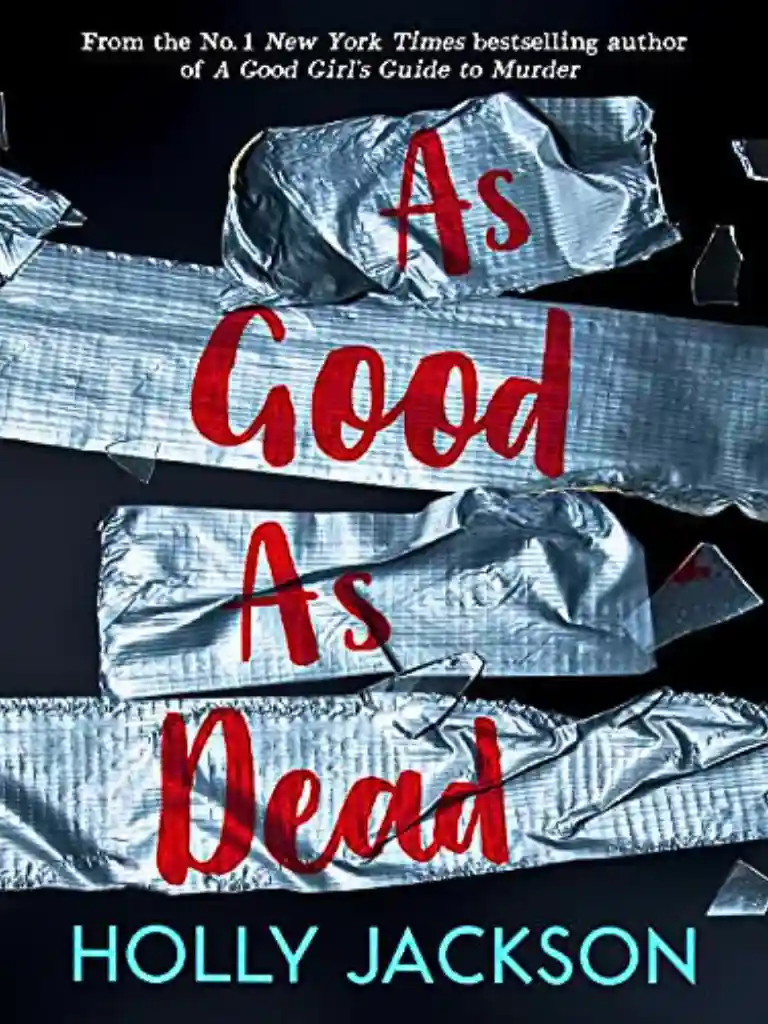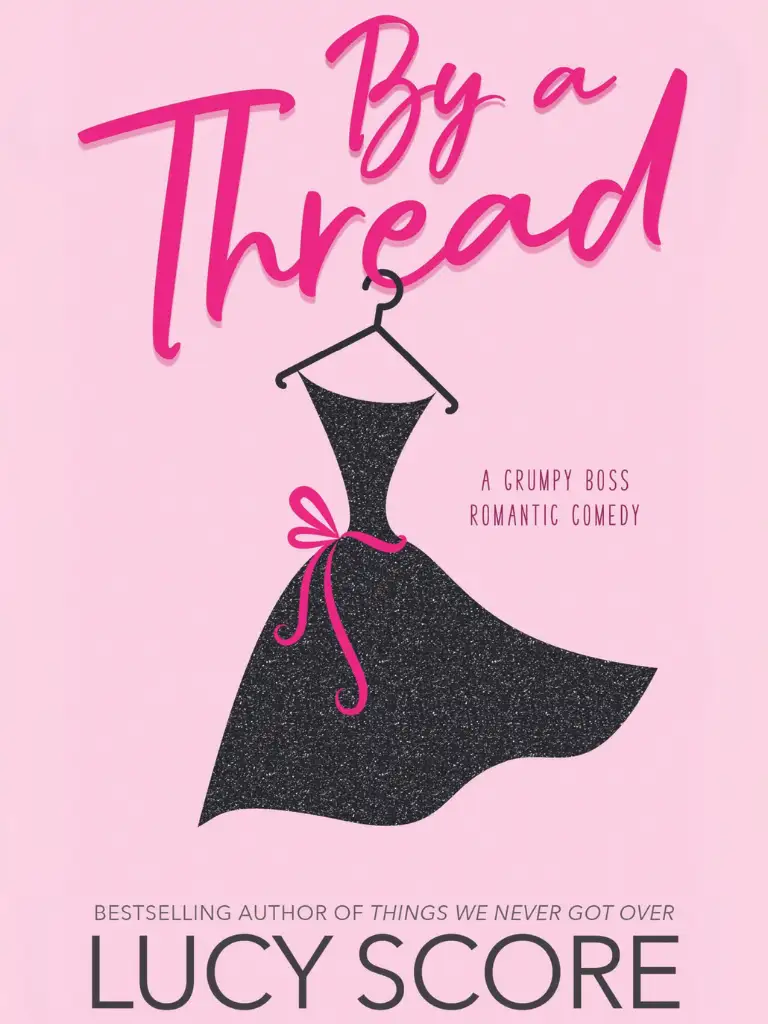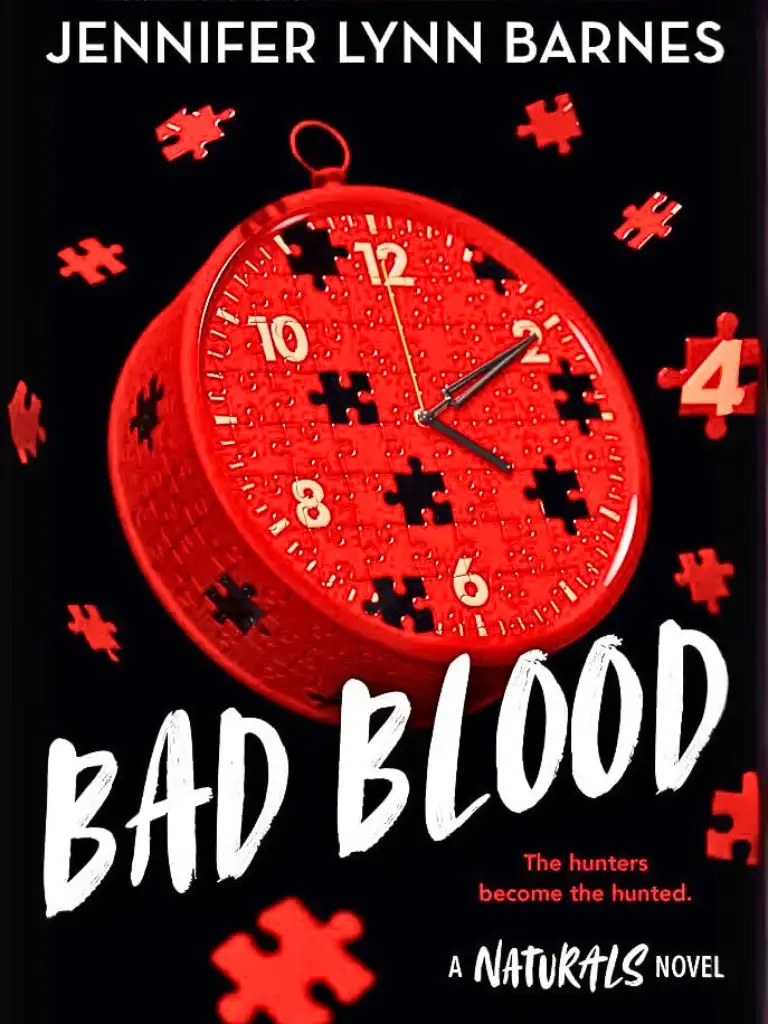Contrary to what Weston asserts, the habit of photographic seeing-of looking at reality as an array of potential photographs-creates estrangement from, rather than union with, nature.
– Susan Sontag On Photography
“Nothing of consequence” was how Navidson described the quality of the film and tapes rescued from the house.
“That was early on,” Reston adds.” When he had just started staying with me in Charlottesville. He reviewed every piece of footage there was, edited some parts of it and then just shipped everything off to Karen. He was really unsatisfied.” [409-The Reston Interview.]
In the eyes of many, the footage from Exploration A offered an exemplary first-look at what lay down the hallway. To Navidson, however, the venture was spoiled by the limited resolution of the Hi 8 and “ridiculous lighting.” Film taken during Exploration #4 was much more successful in capturing the size of that place, though due to the urgency of the mission Navidson only had time for a few shots.
One of the things The Kellog-Antwerk Claim, The Bister-
FriedenJosephson Criteria, and The Haven-Slocum Theory never consider is Navidson’s aesthetic dissatisfaction. Granted all three schools of thought would say Navidson’s eye for perfection was directly influenced by his internal struggles, whether possession, self-obliteration, or the social good implicit in any deeply pursued venture. But as Deacon Lookner smugly commented: “We mustn’t forget the most obvious reason Navidson went back to the house: he wanted to get a better picture.” [410-Deacon
Lookner’s Artistic Peril (Jackson, Mississippi: Group Home Publications, 1994), p. 14.]
While the narrative events up till now have proved an easy enough thread to follow, they have also usurped the focus of the film. Until
Exploration #5 there was never a true visual meditation on the house itself, its terrifying proportions and the palpable darkness inhabiting it. The few fragments of usable 16mm and video tape incensed Navidson. In his opinion, very few of the images-even those he was personally responsible for-retained any of those fantastic dimensions intrinsic to that place. All of which begins to explain why in February and March Navidson began to order high speed film, magnesium flares, powerful flashes, and even arranged to rent a thermal video camera. He intentionally kept Reston in the dark, assuming his friend would try to stop him or endanger himself by insisting on going along.
Throughout his career, Navidson had almost without exception worked alone. He was used to entering areas of conflict by himself He preferred the dictates of survival when, faced with enthralling danger, he was forced to rely on nothing else but his own keenly tuned instincts. Under those conditions, he consistently produced his best work.
Photojournalism has frequently been lambasted for being the product of circumstance. In fact rarely are any of these images considered in terms of their composition and semantic intent. They are merely news, a happy intersection of event and opportunity. It hardly helps that photographs in general also take only a fraction of a second to acquire.
It is incredible how so many people can constantly misread speed to mean ease. This is certainly most common where photography is concerned. However simply because anyone can buy a camera, shutter away, and then with a slightly prejudiced eye justify the product does not validate the achievement. Shooting a target with a rifle is accomplished with similar speed and yet because the results are so objective no one suggests that marksmanship is easy.
In photojournalism the celerity with which a moment of history is seized testifies to the extraordinary skill required. Even with the help of computerized settings and high-speed films, an enormous amount of technical information must still be accounted for in very little time in order to take a successful shot.
A photojournalist is very much like an athlete. Similar to hockey players or bodyboarders, they have learned and practiced over and over again very specific movements. But great photographers must not only commit to reflex those physical demands crucial to handling a camera, they must also refine and internalize aesthetic sensibilities. There is no time to think through what is valuable to a frame and what is not. Their actions must be entirely instinctual, immediate, and the result of years and years of study, hard work and of course talent.
As New York City gallery owner Timothy K. Thuan once said:
Will Navidson is one of this century’s finest photographers, but because his work defines him as a “photojournalist” he suffers to this day that most lamentable of critical denunciations: “Hey, he just shoots what happens. Anyone can do that, if they’re there.” And so it goes. Buy that guy a beer and sock him in the eye. [411-Personal interview with Timothy K. Thuan, August 29. 1996.]
Only very recently has the detection of a formidable understanding and use of frame balance inherent in all of Navidson’s work begun to breach the bias against his profession.
Consider for the last time the image that won him the Pulitzer Prize. Not even taking into account the courage necessary to travel to Sudan, walk the violent, disease-infested streets, and finally discover this child on some rocky patch of earth-all of which some consider a major part of photography and even art [412-See Cassandra Rissman LaRue’ s The Architecture of Art (Boston: Shambhala Publications, 1971), p. 139 where she defines her frequently touted “seven stages to accomplishment”:
There are seven incarnations (and six correlates) necessary to becoming an Artist: 1. Explorer (Courage) 2. Surveyor (Vision) 3. Miner (Strength) 4, Refiner (Patience) 5. Designer (Intelligence) 6. Maker (Experience) 7.
Artist. First, you must leave the safety of your home and go into the dangers of the world, whether to an actual territory or some unexamined aspect of the psyche. This is what is meant by ‘Explorer.’ I Next, you must have the vision to recognize your destination once you arrive there. Note that a destination may sometimes also be the journey. This is what is meant by ‘Surveyor.’ ¶ Third, you must be strong enough to dig up facts, follow veins of history, unearth telling details. This is what is meant by ‘Miner.’ ¶ Fourth, you must have the patience to winnow and process your material into something rare. This may take months or even years. And this is what is meant by ‘Refiner.’ ¶ Fifth, you must use your intellect to conceive of your material as something meaning more than its origins. This is what is meant by ‘Designer.’ ¶ Six, you must fashion a work independent of everything that has gone before it including yourself. This is accomplished through experience and is what is meant by ‘Maker.’ ¶ At this stage, the work is acceptable. You will be fortunate to have progressed so far. It is unlikely, however, that you will go any farther. Most do not. But let us assume you are exceptional. Let us assume you are rare. What then does it mean to reach the final incarnation? Only this: at every stage, from 1 thru 6, you will risk more, see more, gather mote, process more, fashion more, consider moie, love more, suffer more, imagine more and in the end know why less means more and leave what doesn’t and keep what implies and create what matters. This is what is meant by ‘Artist.’
It is interesting to note that despite the appeal of this description and the wide-spread popularity of The Architecture of Art, especially during the 70s and early 80s, out of all of LaRue’s followers not one has produced anything of consequence let alone merit. In his article “Where have all the children gone?” in American Heritage, v. 17, January 1994, p. 43, Evan Sharp snapped: “LaRue fanatics would do well to trade in their seven stages for twelve steps.”] -Navidson also had to contend with the infinite number of ways he could photograph her (angles, filters, exposure, focus, framing, lighting etc., etc.) He could have used up a dozen rolls exploring these possibilities, but he did not. He shot her once and in only one way.
In the photograph, the vulture sits behind Delial, frame left, slightly out of focus, primary feathers beginning to feel the air as it prepares for flight. Near the centre, in crisp focus, squats Delia!, bone dangling in her tawny almost inhuman fingers, her lips a crawl of insects, her eyes swollen with sand. Illness and hunger are on her but Death is still a few paces behind, perched on a rocky mound, talons fully extended, black eyes focused on Famine’s daughter.
Had Delial been framed far right with the vulture far left, the photographer as well as the viewer would feel as if they were sitting on a sofa chair. Or as associate UCLA professor Rudy Snyder speculated: “We would be turned into an impartial audience plunked down in front of history’s glass covered proscenium.” [413-Rudy Snyder’s “In Accordance
With Limited Space” in Art News, v. 93, October 1994, p. 24-27.] Instead Navidson kept the vulture to the left and Delial toward the middle, thus purposefully leaving the entire right portion of the frame empty.
When Rouhollah W. Leffler reacquainted himself with Navidson’s picture in a recent retrospective, he wistfully commented:
It seems people should complain more about this empty space but to my knowledge no one ever has. I think there’s a very simple reason too: people understand, consciously or unconsciously, that it really isn’t empty at all.
[414-Rouholl W. Leffler’s “Art Times” in Sight and Sound, November 1996. p. 39.]
Leffler’s point is simply that while Navidson does not physically appear in the frame he still occupies the right side of the photograph. The emptiness there is merely a gnomonic representation of both his presence and influence, challenging the predator for a helpless prize epitomized by the flightless wings of a dying child’s shoulder blades.
Perhaps this is why any observer will feel a slight adrenal rush when pondering the picture. Though they probably assume subject matter is the key to their reaction, the real cause is the way the balance of objects within the frame involves the beholder. It instantly makes a participant out of any witness.
Though this is still all dark work, at least one aspect of the photograph’s composition may have had direct political consequences: Delial is not exactly in the centre. She is closer to Navidson, and hence to the observer, by a hair. Many experts attribute this slight imbalance to the large outpouring of national support and the creation of several relief programs which followed the publication of the photograph. As Susan Sontag sadly mused many years later: “Her proximity suggested to us that Delial was still within our reach.” [415-Susan Sontag’s On Photography: The Revised Edition (New York: Anchor Books, 1996), p. 394.]
See diagram:
[ ]
[ ]
[ ]
[ ]
[ ]
[ ]
[ ]
[ ]
[ ]
[416-Presumably Zampanô’s blindness prevented him from providing an actual diagram of the Delial photograph. – Ed.]
Opposing mortality is a theme which persists throughout Navidson’s work. As photo critic M. G. Cafiso maintained back in 1985:
Navidson’s all consuming interest in people-and usually people caught in terrible circumstances-always puts him in direct conflict with death.
[417-M. O. Cafiso’s Mortality and Morality in Photography (San Francisco: Chronicle Books, 1985), p. xxiii. Interestingly enough in one of his early footnotes, Cafiso broaches a troubling but highly provocative aesthetic concern when he observes how even “the finest act of seeing is necessarily always the act of i2 seeing something else.” Regrettably he takes this matter no further nor applies it later on to the photographic challenges Navidson ultimately had to face.]
As previously mentioned in Chapter XV, Navidson never photographed scenery, but he also never photographed the threat of death without interposing someone else between himself and it.
Returning to Ash Tree Lane meant removing the other. It meant photographing something unlike anything he had ever encountered before, even in previous visits to the house, a place without population, without participants, a place that would threaten no one else’s existence but his own.








